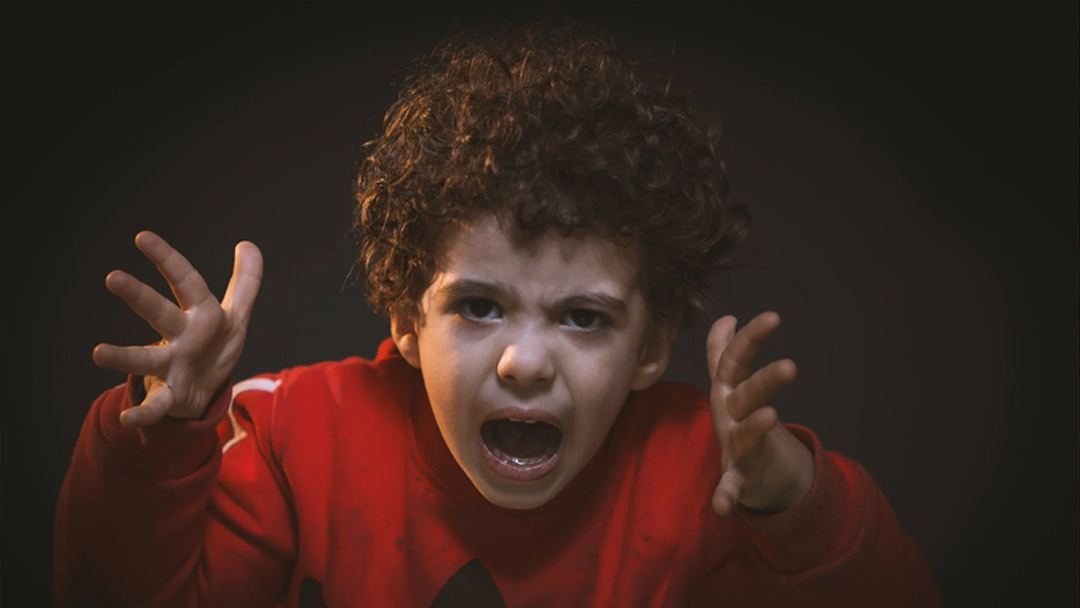Is my child anxious?
It doesn’t matter how old your child is, or how many children you have, recognizing and managing anxiety in children can often stretch parents to their outer limits of coping! While some children will meet the diagnostic standards for generalized anxiety (as assessed by a mental health professional ), others most definitely will not. That said, not fulfilling the criteria for diagnosis does not make the behaviors any easier to understand or manage. In fact, when our children’s behaviors aren’t textbook clear, that is often the time when we feel the most helpless and isolated.
Some of the behavioral symptoms of anxiety in children are easily misinterpreted. They may resemble those we see when our children are tired and overstimulated. Alternatively, they are regularly mistaken for general shyness and introversion. If you are not sure what you’re looking for, here is a list of common behaviors we can often associate with anxiety in children.
This list is not exhaustive nor is it meant to allow you to diagnose your child – it is simply a guide:
- Tantrums
- Non-compliance and defiance
- Negative thinking
- Reluctance to try new things or change routines
- Perfectionistic behavior
- Avoidance of situations, people or objects
- Refusal to attend school or kindergarten
- Regular reporting of nausea and stomach cramps
- Clinging to parents at drop-offs
- Shyness
- Withdrawal
- Poor emotion regulation
Depending upon the individual child, these behaviors may be regular or only appear for a short period of time. Don’t expect to see them all!
Irrespective of your specific situation, there are a few things to keep in mind:
Firstly, there are many occasions during which it is completely normal, understandable and realistic for your child to demonstrate an anxiety response. In these situations, we may be better off referring to it as a “logical fear”. For example, if your child refuses to speak to unknown adults without regularly seeking your reassurance, they may be fearful of saying or doing the wrong thing, or they may perceive that the environment is not a safe one in which to make mistakes. This response makes sense. All you have to do is imagine what we often feel when placed in a party or networking situation where we know no one. Many of us will feel some discomfort at having to start conversations with strangers, and we have to work on strategies to overcome this.
Similarly, if a child has not been previously exposed, for example, to dogs, (or cats, or lizards, or any other animal for that matter), it is understandable that they may withdraw from, or avoid contact with, the animal until their safety has been reinforced by their parent or trusted adult. This is not dysfunctional anxiety. This serves a logical purpose, which is to protect their physical well-being. If the trusted adult demonstrates the animal is not to be feared, the child will generally follow suit.
If your child exhibits particular anxiety-related behaviors that you believe to be specific to a particular situation or thing, these responses are best managed by providing reassurance and genuine information that they can use to understand how they feel and cope with the fear. You could think of it as guided problem-solving where they can learn by thinking things through and modeling appropriate functional coping behaviors from their parent.
There are, however, those of us who may notice a combination of anxiety-related behaviors in our children, and feel certain that their fear response is not attributable to a specific situation. Your parental instincts may tell you something “isn’t quite right”. In these cases, you may get the sense that when your child is placed under stress, no matter how seemingly insignificant, they appear to be nervous, or obsessive, or defiant and controlling, or unable to control emotional outbursts of any kind. If this happens, then look for less obvious clues as to what may be triggering your child’s anxiety. Some of these may include:
- The caregivers’ medical history through the child’s infancy
- The child’s medical history through infancy
- Disrupted attachment process
- The caregiver’s ability to manage stress
- Stressors in the home environment
- Abusive parenting
- The achievement orientation of the caregiver
- The physical and emotional availability of key caregivers
- Overly protective parenting styles
- Obvious favoritism within the household
As with the previous list, this is not meant to be exhaustive, nor provide you with the ability to diagnose your child. It is simply a guide.

